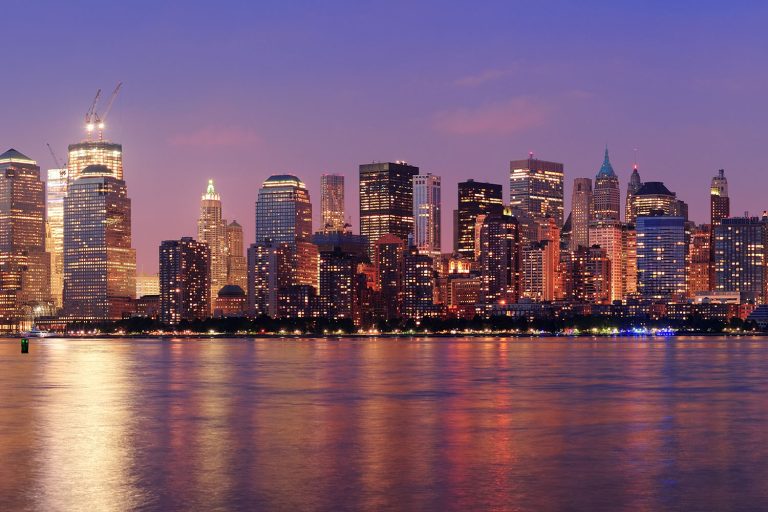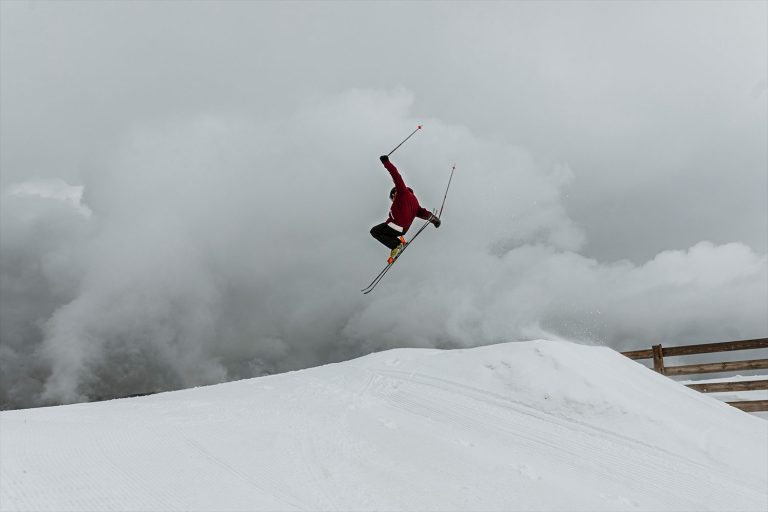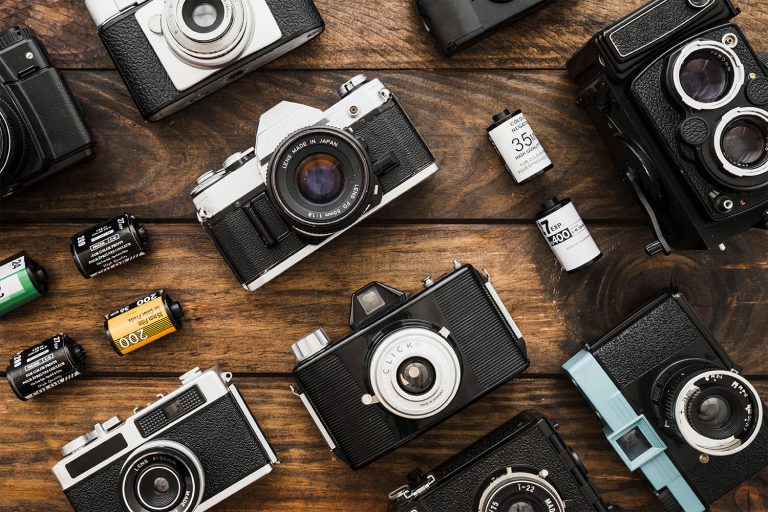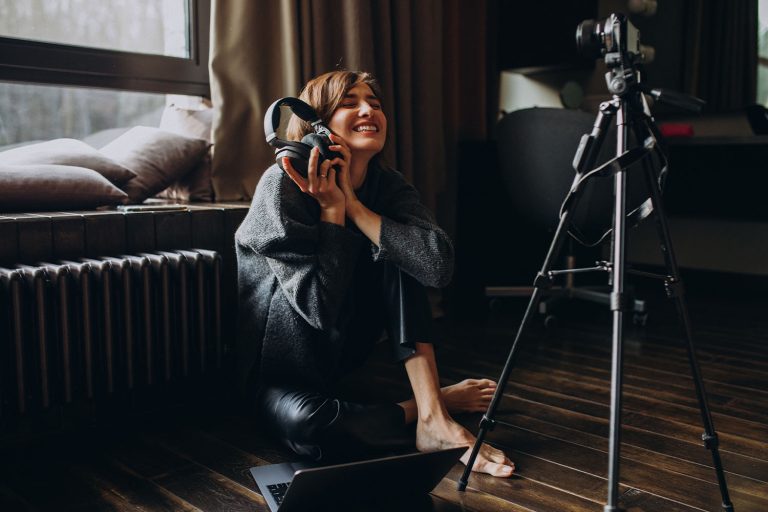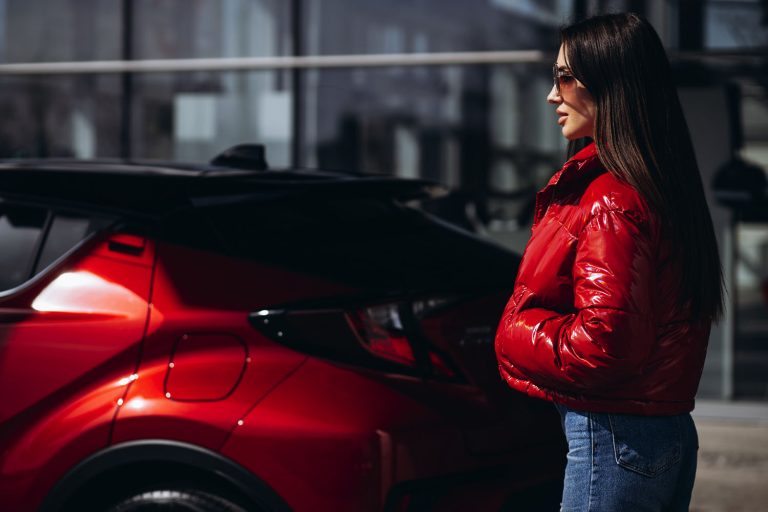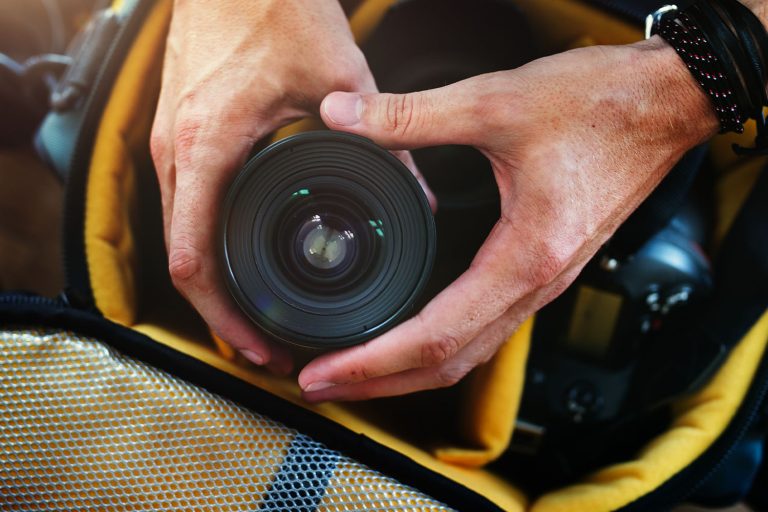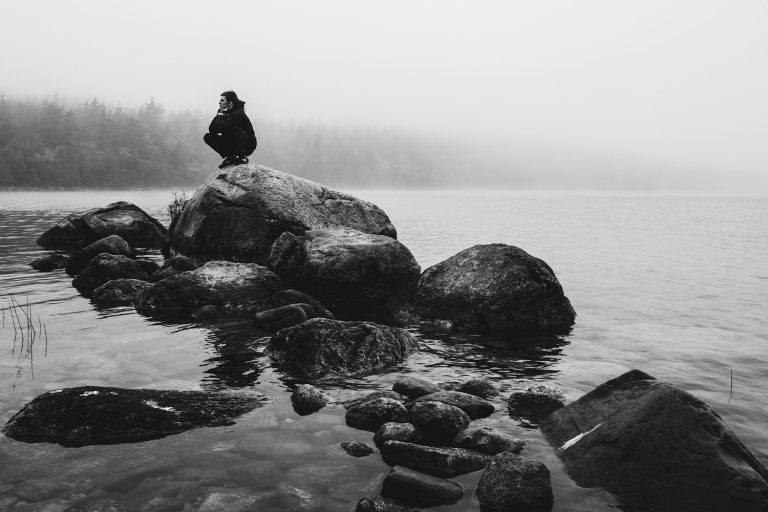Panoramic photography is a fascinating way to capture the majesty and beauty of landscapes, cityscapes, or architectural
ensembles. To get a high-quality panoramic shot, it’s important to choose the right location, set up the equipment, and
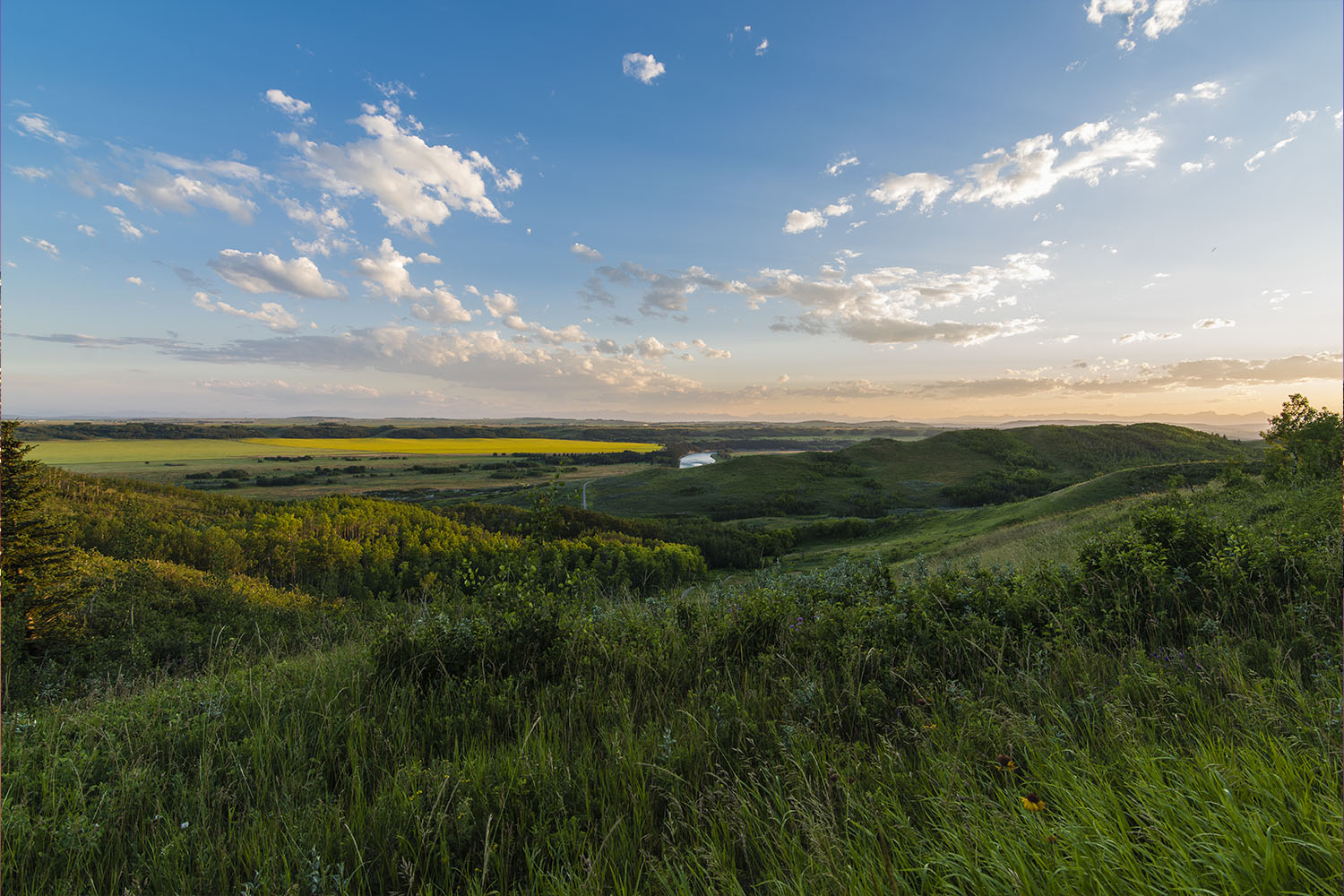
Choose a location and prepare a tripod
The first and one of the most important stages of panoramic photography is choosing a location. The location should be chosen in advance,
For panoramic photography, a tripod is a must. A high-quality tripod provides stability, which is critical for
After leveling the tripod, mount the camera on it and check the composition of the future shot by rotating the
camera horizontally. At this stage, you can make adjustments to make sure that all the key elements of the
Set the camera for panoramic shooting
Correct camera settings are the key to a high-quality panorama. The focal length of the lens should be minimal, between 18-24 mm, to cover the widest possible viewing angle. It is recommended to set the shooting mode to fully manual, avoiding even the aperture priority mode. This is because in automatic modes, the camera can change the shutter speed depending on the lighting of individual frames, which will lead to uneven exposure in the panorama.
The ISO should be set as low as possible to reduce noise and produce a sharp image. The white balance should also be fixed – automatic mode can lead to changes in color temperature between frames, making it difficult to stitch them together. As for the aperture, a compromise is needed. Maximizing aperture (e.g., f/16 or f/22) provides a greater depth of field, which is ideal for landscapes where details in both the foreground and background are important. However, it increases the shutter speed, which can be problematic in windy conditions or when shooting moving subjects such as foliage or water. For example, swaying branches or ripples in the water can cause blurring, which can ruin the quality of the image.
If you are a beginner, don’t be afraid to experiment. Even “bad” shots can be a valuable experience. Over time, you’ll learn to get a feel for how different settings affect the result. For example, in some cases, a slight blur may be part of your creative intent, adding an artistic atmosphere to the photo. However, this requires a good grasp of the basic principles: proper exposure, camera stability, and correct frame alignment.
Panoramic photography is a combination of technical precision and creativity. To succeed, it’s important not only to set up your equipment correctly, but also to choose the right location and time. Practice is key: the more you take pictures, the better you understand the relationship between camera settings, shooting conditions, and the final result. Don’t be afraid to experiment, but always keep the basic rules in mind – this will allow you to create breathtaking panoramas that capture the beauty of the world around you.

